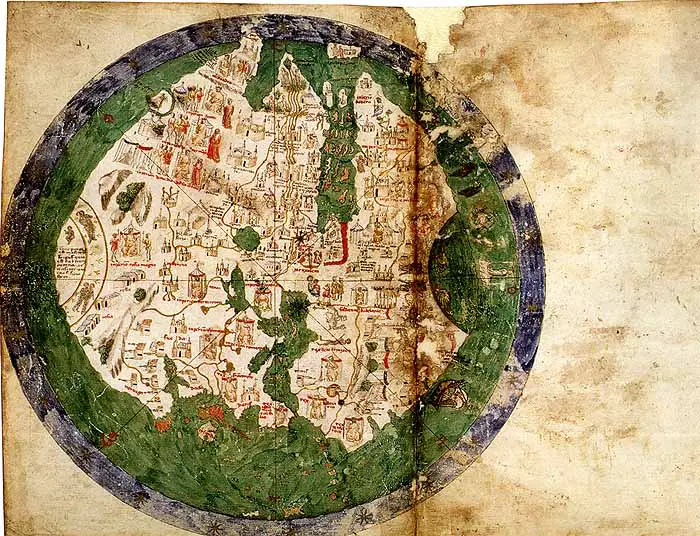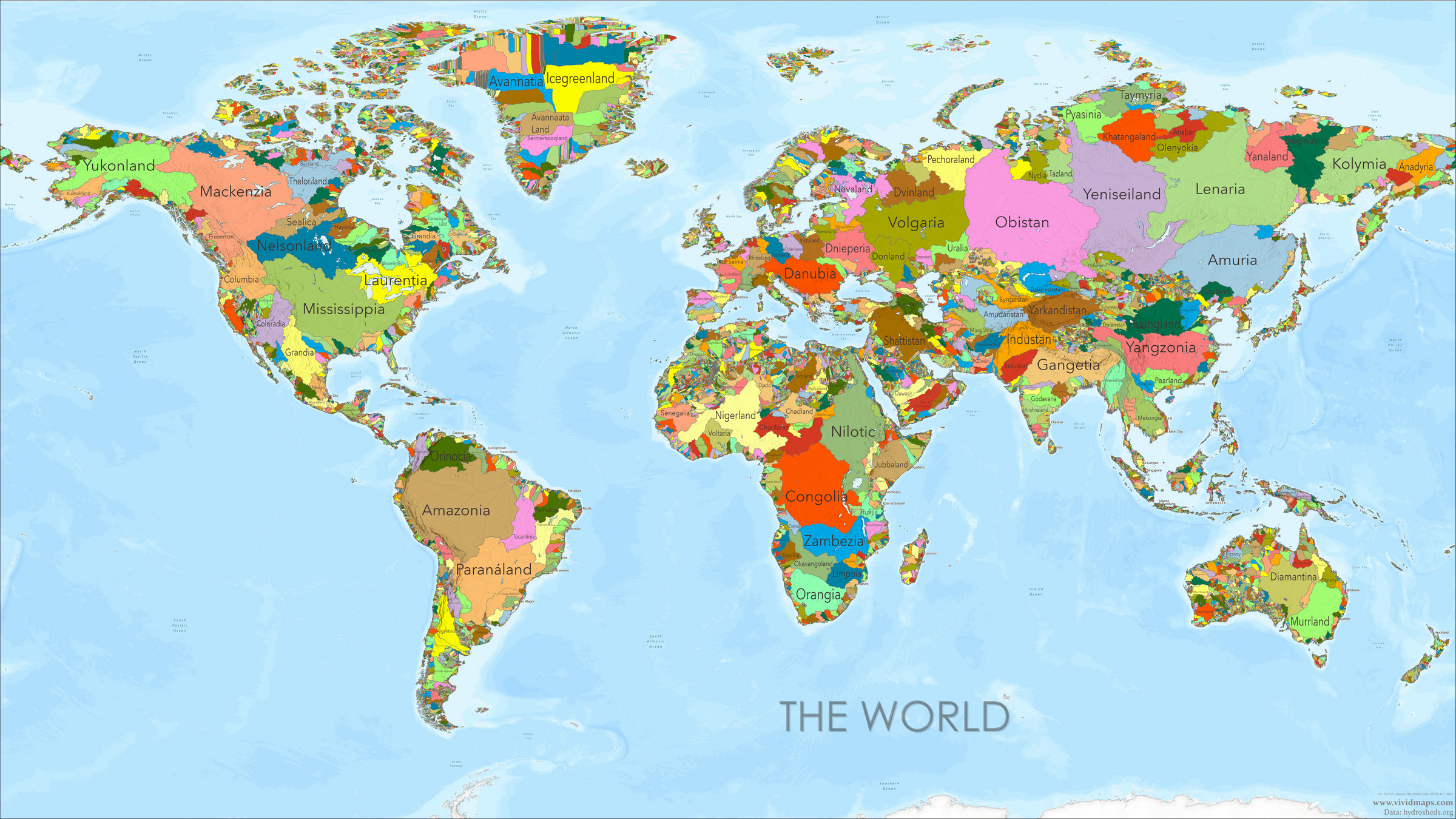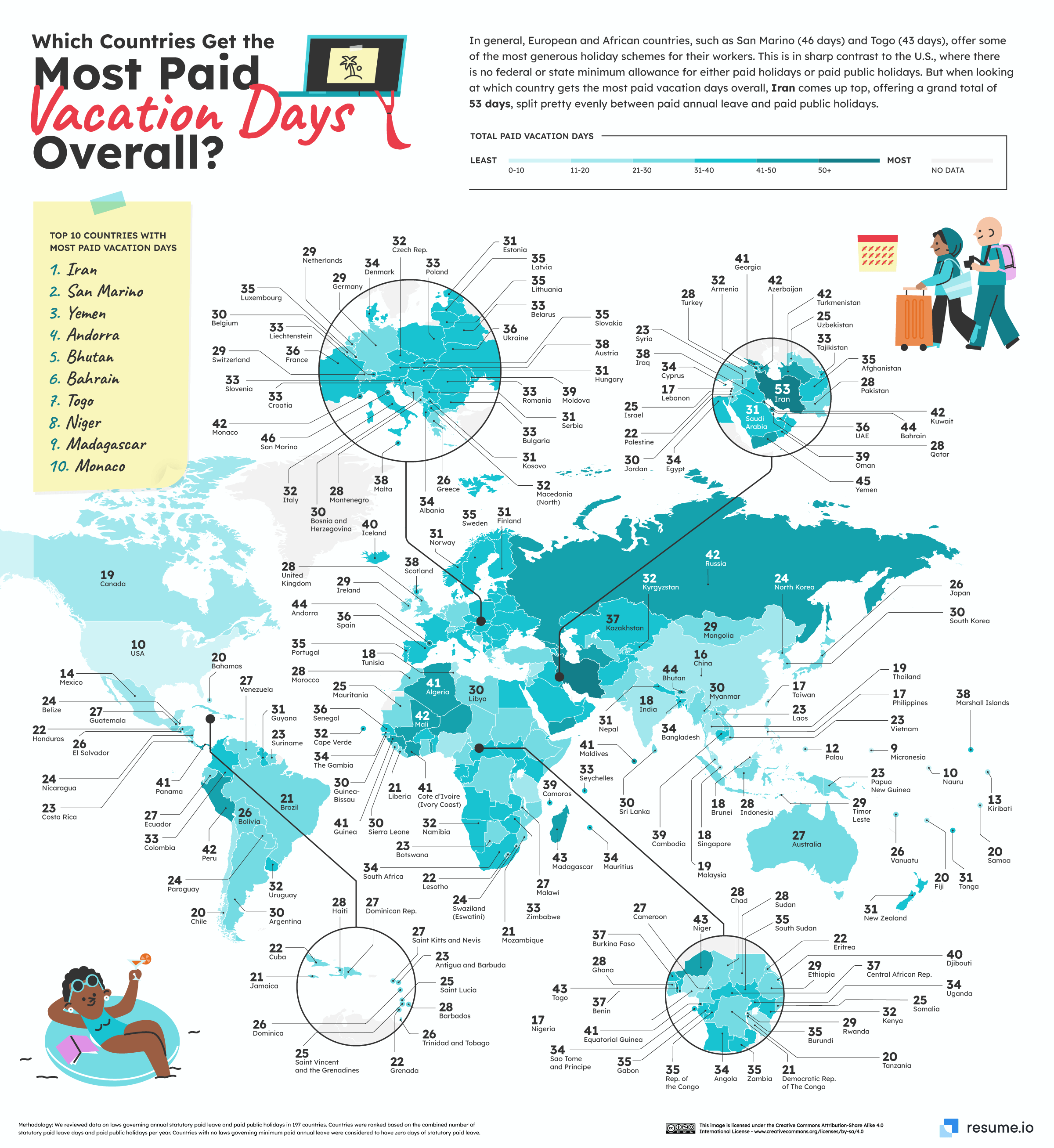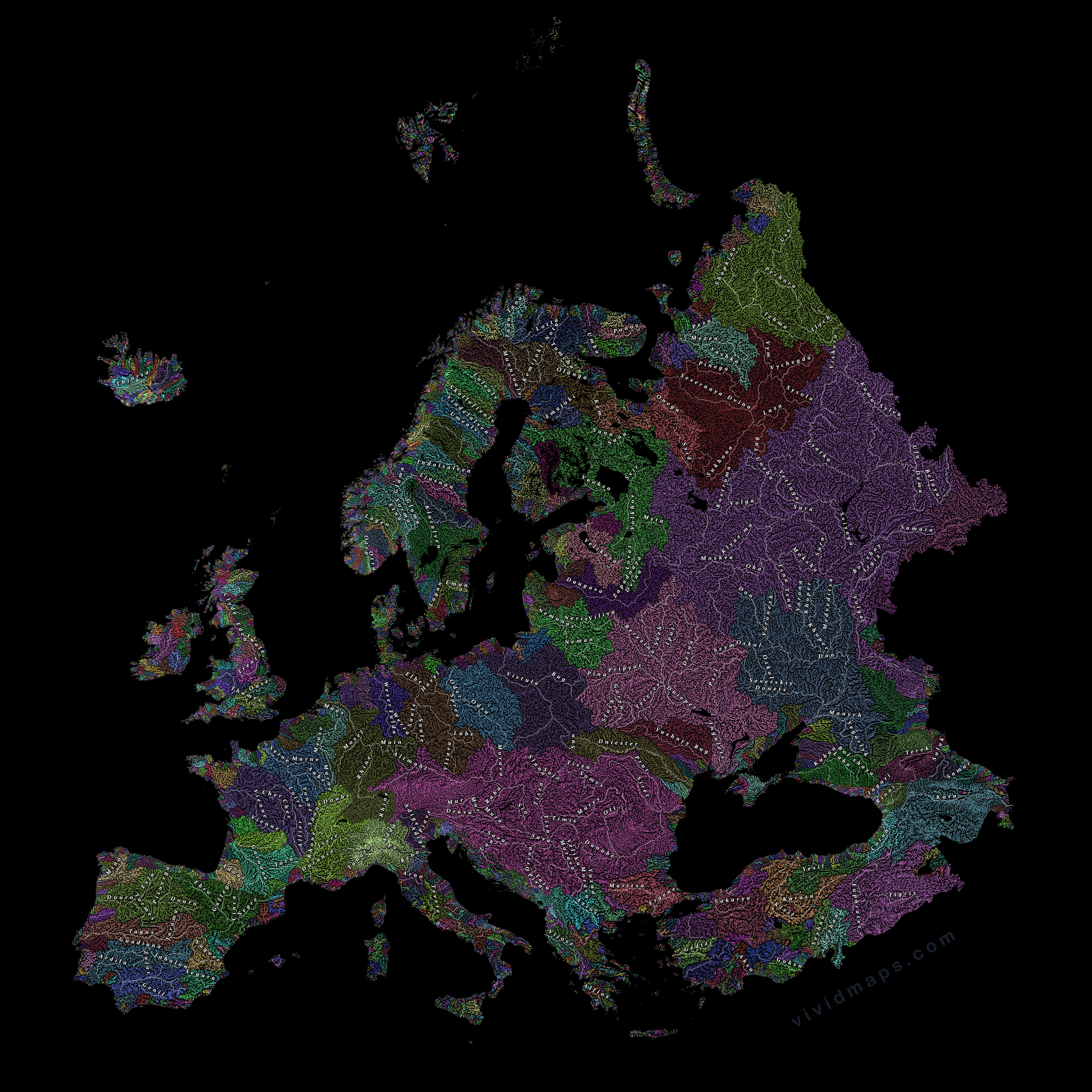Raised-Relief Maps of Europe
In terms of shape, Europe is an assemblage of connected peninsulas and nearby islands. There are two largest peninsulas in Europe: mainland Europe and Scandinavia to the north, separated by the Baltic Sea. Three smaller peninsulas – Italy, Iberia, and the Balkans – emerge from the southern edge of the mainland.
To the east, Europe fades into Asia along a set of natural frontiers: the Ural Mountains, the Ural River, the Caspian Sea, and the jagged Caucasus range.
The land itself changes quickly over short distances. High in the south rise the Alps, the Pyrenees, and the Carpathians, their peaks often snow-capped well into summer. North of them, the terrain softens into rolling uplands before flattening into wide plains that run far into Russia.
The northwest coast is different again – an arc of uplands beginning in southwest Ireland, carrying on through the Scottish Highlands, and ending in Norway’s spine of mountains and fjord-cut coastline.
Central and Eastern Europe

South-western Europe

- Mountain ranges – The Alps sprawl across eight countries, with Mont Blanc as their highest point. The Pyrenees form a natural border between France and Spain, and the Carpathians sweep through Central and Eastern Europe. Other well-known ranges include the Scottish Highlands, Italy’s Apennines, and the Scandinavian Mountains.
- Central Uplands – This varied landscape of plateaus, hills, and low mountains includes France’s Massif Central, the Bohemian Massif in the Czech Republic, and Belgium’s Ardennes – places of forest, farmland, and scattered old towns.
- Northern European Plain – A huge, flat corridor running from northern France to western Russia. Fertile soils, broad river valleys, and an unbroken horizon make it one of Europe’s most productive farming areas.
- Peninsulas – Beyond the big four (Scandinavia, Iberia, Italy, and the Balkans), smaller ones like Jutland in Denmark or Brittany in France add to the complexity of Europe’s coasts.
- Rivers – The Danube flows through ten countries on its way to the Black Sea. The Rhine, Rhône, Seine, and Thames are equally famous for the cities, trade, and history they connect.
- Volcanoes – Iceland’s landscape bubbles and smokes with volcanic activity. In Italy, Mount Etna, Stromboli, and Vesuvius still make their presence felt — Vesuvius, of course, buried Pompeii in AD 79.
- Coastlines – Norway’s fjords, Ireland’s and Scotland’s cliffs, the sunlit beaches of the Mediterranean – Europe’s shores are as varied as its interior.
- Islands – From the British Isles to Greece’s island labyrinth, from Iceland to the Balearics, these pieces of land are scattered like stepping stones around the continent.
It’s a continent where the landscape never stays the same for long — a few hours’ travel can take you from windswept headlands to alpine valleys, from volcanic slopes to wide, green plains.









Totally awesome, the first map. Comparing it to an atlas map, I could place many central European countries in terms of their landscape. I have a much better understanding of European geography now. I would love to see more maps like this. Where did they come from?
i am a map freak. this is the best of all, i ve ever seen. well done!
Hey there. Central and Eastern Europe Map is so awesome. Could i get a high res version of that map somehow?
Do you create particular views on commission from customers? I’d love to have the top map with the view circled around to be from the Black Sea upward toward Moscow, ideally as large/high res as possible. Please let me know!
I don’t create custom maps on commission, but you can create a map view centered on the Black Sea extending toward Moscow using tools like Photoshop, Illustrator, or free online mapping software like Google Earth Pro or QGIS.